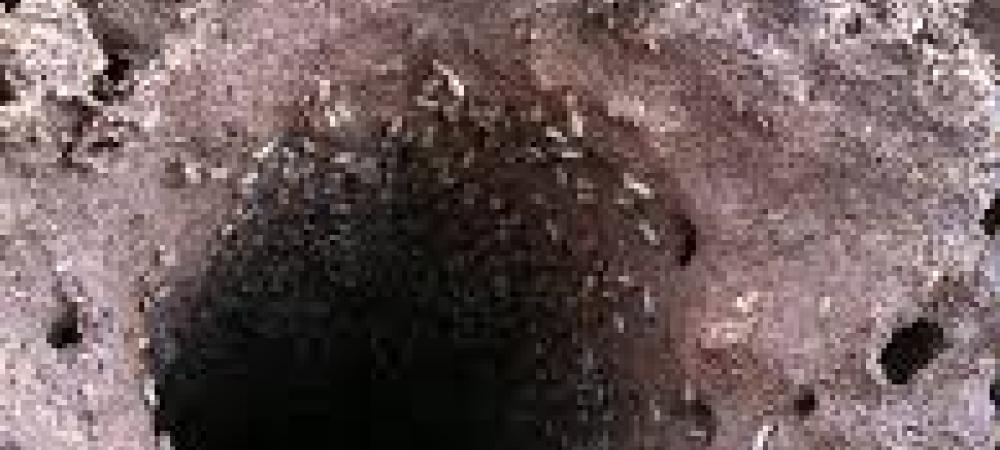Termites can be tricky. They can stay hidden for years and by the time you notice the signs of damage to your home, it could be too late. Individually, they’re small, of course, but this subterranean insect species collectively costs homeowners nationwide billions of dollars in damage. If you live in North Carolina, you will probably notice flying termites (swarmers) more frequently in the next month or so. It’s termite season! That is why Triangle Pest Control offers termite control in Raleigh, NC. Termites can cause damage year-round, but this is the time of year they emerge from their tunnels to mate and start new colonies. It’s a good time of year to get your home inspected and as good a time as any to learn what you can about termites and their habits. The more you understand about termites, the better prepared you’ll be to devise a plan for termite elimination.
What don’t you know about termites and what do you need to know to get rid of them?
1. Queen termites are long-lived
You probably already know that termites live in large colonies (some with more than a million members) underground. Queen Termite colonies are divided into castes: workers, soldiers, reproductives/swarmers (those are the ones you’ve seen flying around your home this season) and, at the pinnacle of termite society, kings and queens. Queens may live up to 50 years under ideal conditions and produce tens of thousands of eggs in their lifetimes. Workers and soldiers, on the other hand, live one or two years. A single queen termite can lay thousands of eggs a day and can easily repopulate the colony even after a tremendous devastation. For complete termite elimination, you need the expertise and tools not only to kill a large number of termites, but an entire colony, including the queen.
2. Termite tunnels can be very, very long
Radiating out from subterranean termite colonies are tunnels toward food sources (like the wood in your house) that can extend as long as 100 yards. Termites then reach these food sources by constructing mud tubes. A tell-tale sign of termite infestation are mud tubes running along a foundation or along beams in the basement of your home.
3. Termites leave signs—if you know what to look for
Mud tubes and the tell-tale honeycomb wood damage are both fairly obvious signs of a termite infestation (and if you’re seeing them, there’s a good chance the infestation is much larger than you think). Another possible sign of termites around your home is piles of small pellets—the droppings (or “frass”) left behind by drywood termites. Subterranean termites, like the ones most common in North Carolina, use their excretions as building material in their mud tunnels. Keen-eyed termite control experts know exactly what to look for to confirm termite activity.
4. Safe termite elimination is possible
As a homeowner, your priority is to protect your home from termites without endangering the health of your family or your pets. Fortunately, the latest pesticides used by Raleigh termite control professionals make that possible. For example, the leading termite pesticide Altriset binds to the termite’s muscle system, which leads to paralysis. With the chemical only reacting specifically to the termite anatomy, its effects are limited on pets and people. The Environmental Protection Agency rates Altriset as a “reduced-risk pesticide,” a safer profile than most termiticides on the market.
Your complete guide for termite elimination
Even if you don’t think your Raleigh home has termites, it’s worth it to educate yourself on the signs and dangers of an infestation. Don’t wait until its too late. Start learning everything a homeowner in North Carolina needs to know about termites with our free guide, “Termite Prevention Plan: 5 Steps to Avoid a Costly Infestation.” Download your guide using the image below.


